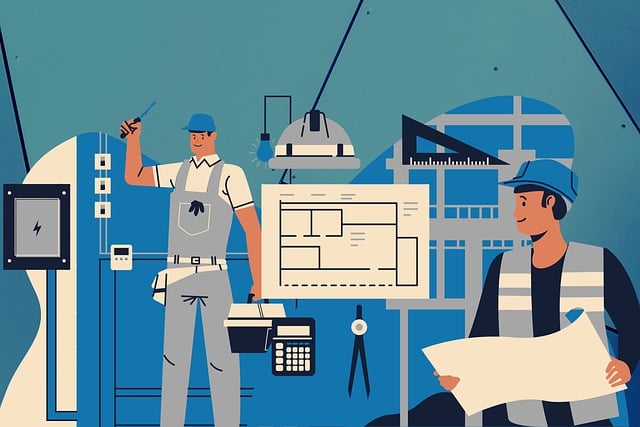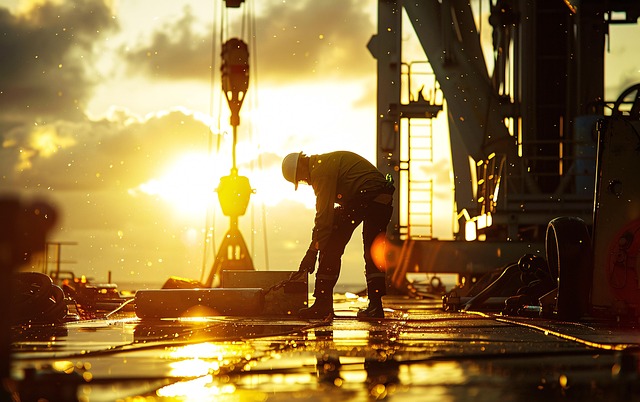The Future of Learning is Here
Petroleum engineering in the metaverse Imagine walking onto an oil rig for the first time. You hear the hum of machinery, feel the platform beneath your boots, and look around at the endless sea. But wait—you’re actually sitting in your living room, wearing a VR headset. Welcome to the metaverse, where training for high-risk jobs like petroleum engineering is becoming safer, cheaper, and more effective.
Virtual reality (VR) and the metaverse are no longer just for gamers. Industries across the board are tapping into this tech, and petroleum engineering is no exception. But what does it really mean for the future of training? Will VR replace traditional methods, or will it just be another tool in the box? Let’s dive into petroleum engineering in the metaverse.

Why Traditional Training Needs a Shake-Up
Learning to work in petroleum engineering isn’t as simple as picking up a textbook. It requires:
- Hands-on experience with complex machinery
- Knowledge of high-risk environments like offshore rigs
- Quick decision-making skills in emergency situations
For decades, the industry has relied on classroom lectures, physical models, and supervised field visits. But there are problems:
- Expensive: Sending trainees to an oil rig costs a fortune.
- Risky: Newcomers working with heavy machinery can be dangerous.
- Limited access: Not everyone can fly out to remote drilling sites to learn on location.
How the Metaverse is Changing the Game
1. Learning by Doing—Without the Risk
Traditional training often means watching someone else do the work or reading about it. But VR puts trainees inside the experience. Instead of just hearing about how a drilling rig works, they can practice handling equipment in a simulated environment—without real-world consequences.
2. Cost-Effective, Scalable Training
Sending each trainee to a rig? That’s expensive. Running live practice drills? Also pricey. But with VR, one training program can be used again and again at a fraction of the cost.
Big companies are already adopting this approach. Shell, Saudi Aramco, and Schlumberger use VR to train engineers on safety protocols and equipment handling. It saves money and time and reduces risks.
3. Preparing for Emergencies in a Safe Space
Accidents happen. Oil spills, gas leaks, machinery failures—these aren’t things you want someone encountering for the first time in the real world. With VR, trainees can practice crisis response in realistic scenarios, so they know exactly what to do when things go south.
4. Training From Anywhere
Before, if you wanted high-quality training, you had to be on-site. Now? You just need a VR headset and an internet connection. This is a game-changer for students and professionals worldwide, making elite training programs more accessible than ever.
5. Real-Time Feedback & Performance Tracking
In a classroom setting, feedback can be delayed. In the metaverse, everything is tracked instantly. Did a trainee handle the equipment correctly? Did they respond well to a simulated emergency? Instructors get real-time data to help students improve faster.
6. Simulating Different Geographical Conditions
A petroleum engineer might work in the Arctic, a desert, or deep offshore. VR allows trainees to experience different environmental conditions and prepare for the challenges each setting brings—something impossible with traditional classroom training.
7. Reducing the Carbon Footprint of Training
Believe it or not, traditional training methods contribute to carbon emissions. Flights to remote locations, on-site power consumption, and operational training setups all add up. With VR, companies can significantly cut down on travel and energy usage, making training greener.
Real-World Examples: Who’s Already Doing This?
This isn’t just theory—companies are already making VR a core part of training.
- Shell uses VR for hazard awareness and equipment handling.
- Schlumberger has drilling simulations that mimic real-life conditions.
- Saudi Aramco trains workers on safety protocols in virtual environments.
It’s not just about making training fun—it’s about preparing engineers better, faster, and at a lower cost. Read More.>
Challenges of VR Training in Petroleum Engineering
Despite its benefits, VR training isn’t perfect. Here are some challenges: Petroleum engineering in the metaverse
1. High Initial Investment
Setting up VR training requires a significant upfront cost for headsets, software, and infrastructure. However, many companies see it as an investment that pays off in the long run.
2. Hardware Limitations
Not all VR headsets can provide the detailed, high-resolution simulations needed for petroleum engineering training. As the technology improves, though, this issue is expected to decrease.
3. Resistance to Change
Traditional industries often resist technological advancements. Some senior engineers may be skeptical about replacing real-world experience with virtual training. Over time, as VR proves its effectiveness, this resistance is likely to fade.
4. Need for Regular Updates
The oil and gas industry is constantly evolving. VR training programs must be updated regularly to reflect new technologies, safety protocols, and industry regulations.
The Future of Petroleum Engineering Training
What’s next? The possibilities are endless:
- AI-driven virtual trainers that adapt to each learner’s strengths and weaknesses.
- More realistic physics-based simulations for complex drilling techniques.
- Integrating VR with real-time oil field data to make training even more accurate.
Will traditional training methods disappear completely? Probably not. But there’s no doubt that VR and the metaverse will play a major role in shaping the next generation of petroleum engineers.
Conclusion: Are You Ready for the Shift?
The metaverse is here, and it’s changing the way petroleum engineers train. The question is—are we ready to embrace it?
What do you think? Would you trust a VR-trained engineer to handle real-world oil rigs? Drop a comment below and let’s chat!



